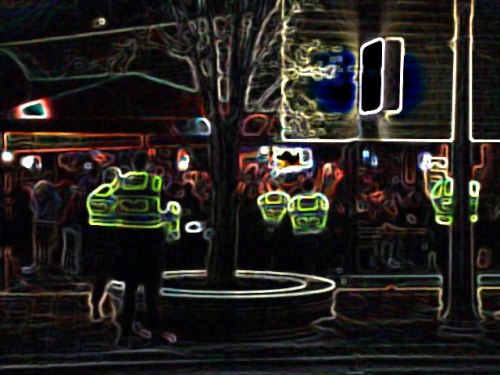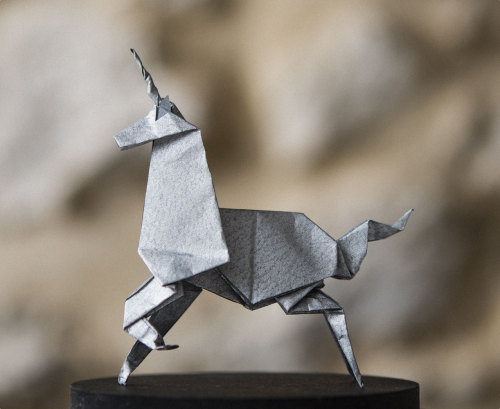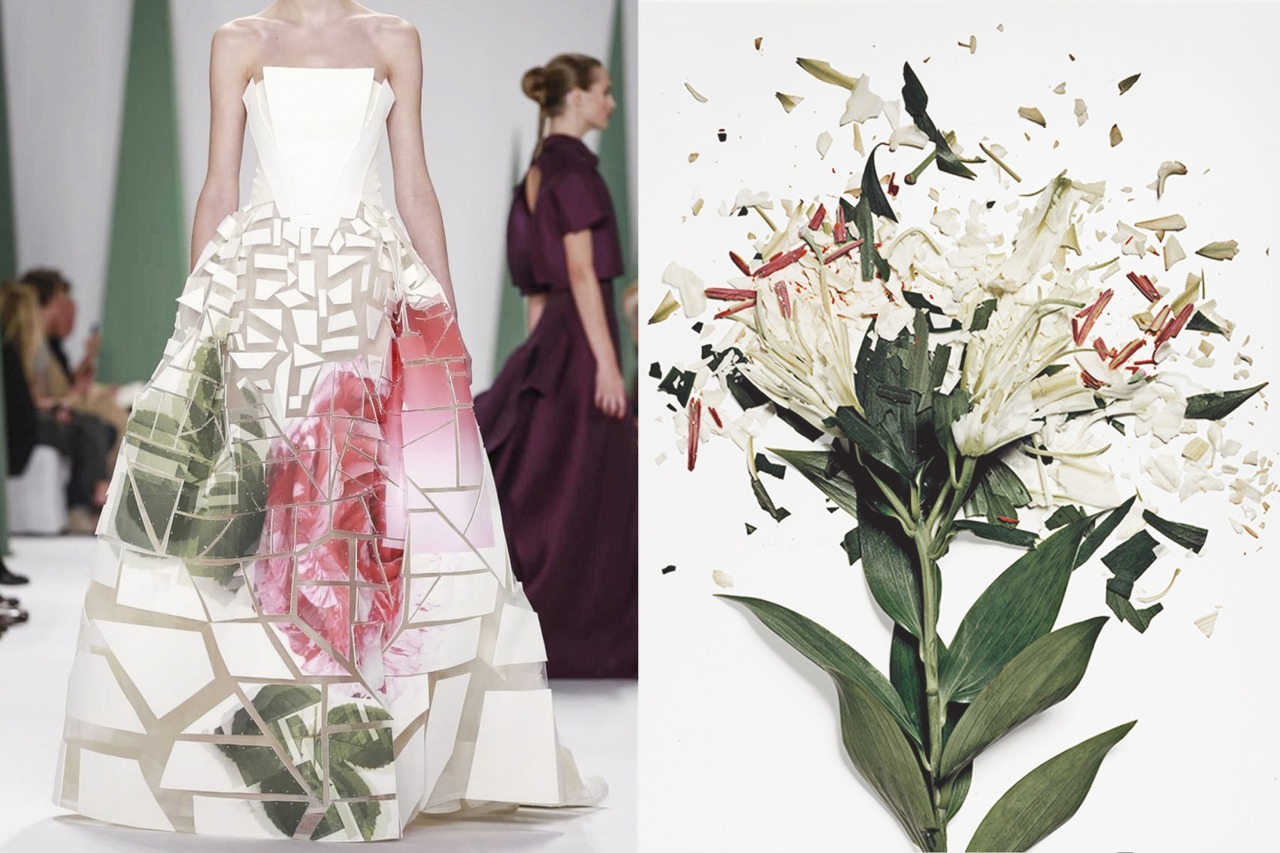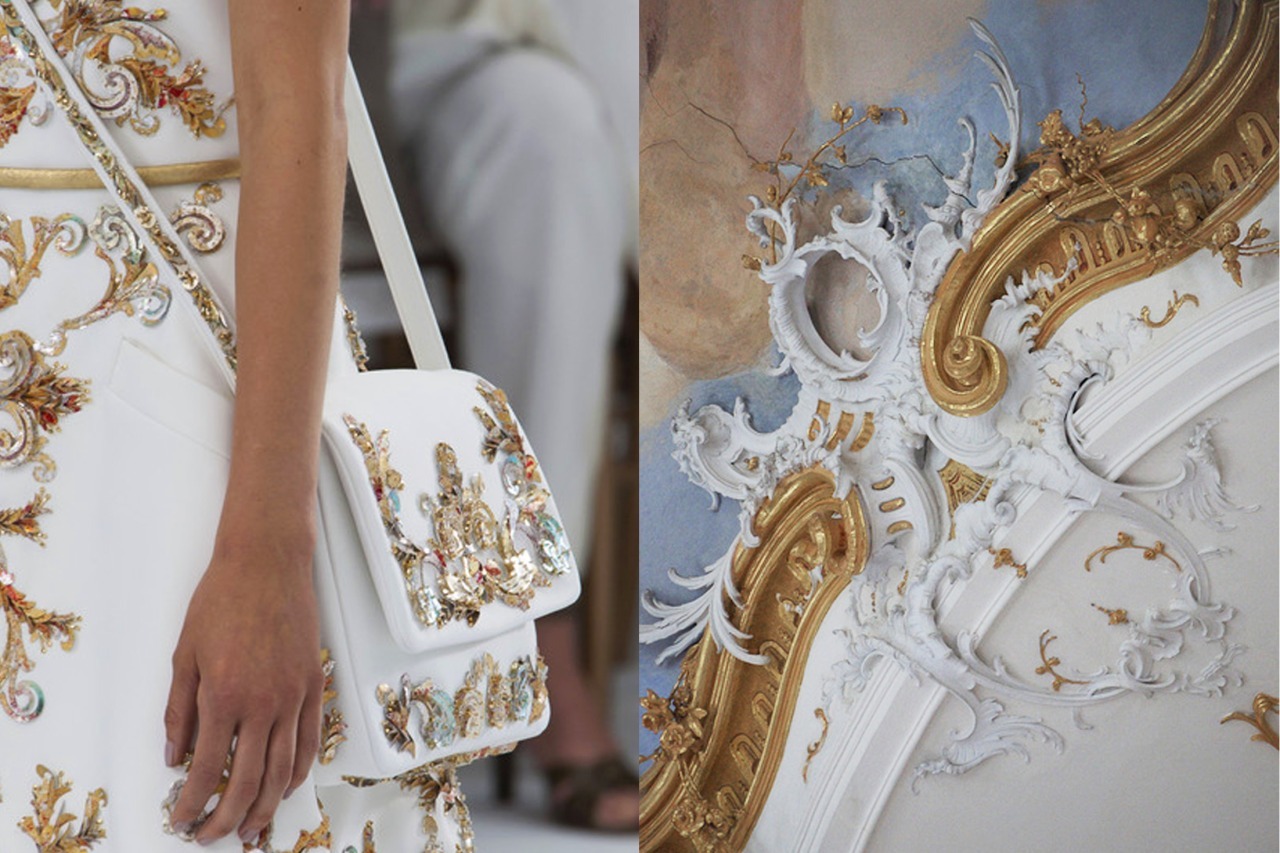Coloring was one of those things you did as a child. Taking your favorite characters and either scribbling all over their faces in colors that made no sense or meticulously choosing the right color and shading in the characters in a somewhat accurate way.
I’ve recently come to poses “Lost Ocean” a coloring book created by Johanna Basford that has lots of difficult designs and intricate patterns for coloring.

This is not mean for beginners with poor motor control to color but for a more practiced audience. Throughout my years at UofM I have heard the benefits of coloring as a child and as an adult expounded again and again. It helps relax people, it practices fine motor skills, and is an activity that requires just enough concentration but allows the mind to wander. In a sense I think it might even be like meditation for those who don’t want to sit in pure silence.
I really enjoy the art style of the book and am considering getting some of other coloring books by the same creator. When picking out this book I’ve decided to make the book a painting project. I enjoy painting, and have really wanted to work on creating depth with the medium.
The front cover of the book also inspired me with random golden highlights. I am a huge fan of metallic paints and how they show up much more to my liking than metallic colored pencil.
One evening I decided to break out the paints and start working. I have not gotten very far in my attempt yet. I discovered that some of the lines are so fine and the designs so intricate that I do not have a brush tiny enough to fit.

Trying to paint in such a small space with my thinnest brush really exposed some problems I’d never encounter before in painting. Sometimes the bristles of the brush wouldn’t be perfectly aligned creating random streaks where I did not want them covering over the original lines. It’s also easy to get too much paint on the brush, making weird blobs where I didn’t want them.
I am going to continue with this project after I find a thinner brush. I really think little projects like this really help gain new skills or just more patience. Practice makes perfect and being able to complete the whole book in the the style I want will be rewarding with having it look pretty but also hopefully improve my other skills, like patience and design work.






